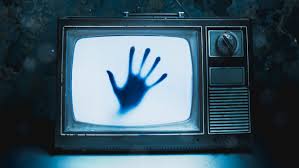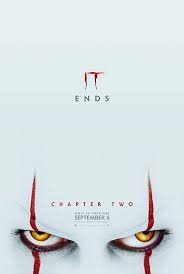Horror research blog
Common camera angles in a horror film (CAMS) - There are many variations of camera angles used in a horror film. Extreme close ups to emphasize facial expressions. Tilt in order to create disorientation. Establishing shots to show the full location which the film is set. Handheld to look realistic. Tracking shots to immerse the audience, and point of view so the audience experiences what the characters experience.
Common mise-en-scene in a horror film (CLAMPS) - A setting such as forest or cabin in a horror film creates a tense atmosphere and supports the idea of being alone. Props such as weapons help with story-telling and add to the setting. Lighting in a horror film is usually dark and atmospheric, used to create an effective setting and do jumpscares. Costumes determine the style of the character, good or bad, Makeup emphasizes character expressions. Acting, body language and facial expressions are the only way for the audience to feel the emotions of the film.
Common editing in a horror film - Cut away shows characters reaction to a situation. Jump cut used to scare the audience. Fades to balck gives a mysterious and tense feeling. Smash cut from loud to quiet to scare the audience. Quick cut to imply chaos.
Common sound in a horror film - unsettling and hidden sound to create anxiety, diegetic sounds.
Example films of a horror film - Don’t Breathe, Bird Box, Candy Man
Liked - we liked the setting, it's a place where we can find anywhere, and I liked the common editing and sounds, which I would consider using in our film.
Disliked - we didn’t like the props, it just seems hard to incorporate into our film.




Comments
Post a Comment